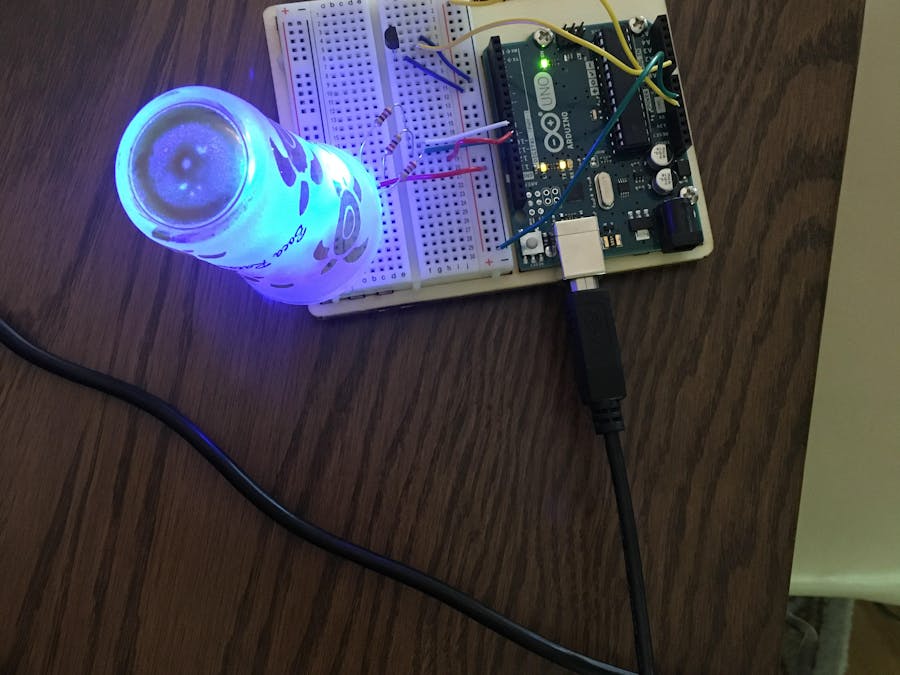This project is a simple combination of Projects 3 and 4 from the starter kit. There is a note at the end of Project 4 asking us to think about different inputs to the color changing lamp's LED pins. I thought that lighting up different LED's in the Love-o-meter was pretty cool, but the same idea could be integrated into PWM for each pin with some "if" statements. If anyone has input on how to make the transition from color to color as the temperature rises more smooth, please comment! I would like to have this feature on possible future projects.
Anyways, I'm sure this project has been done before, but I thought it may be a good idea to practice sharing my projects as well.
In the main picture, use a shot glass with holes in it as the cover to the LED; they recommend a ping-pong ball with a hole in it to diffuse the light.
Enjoy!




_ztBMuBhMHo.jpg?auto=compress%2Cformat&w=48&h=48&fit=fill&bg=ffffff)










Comments